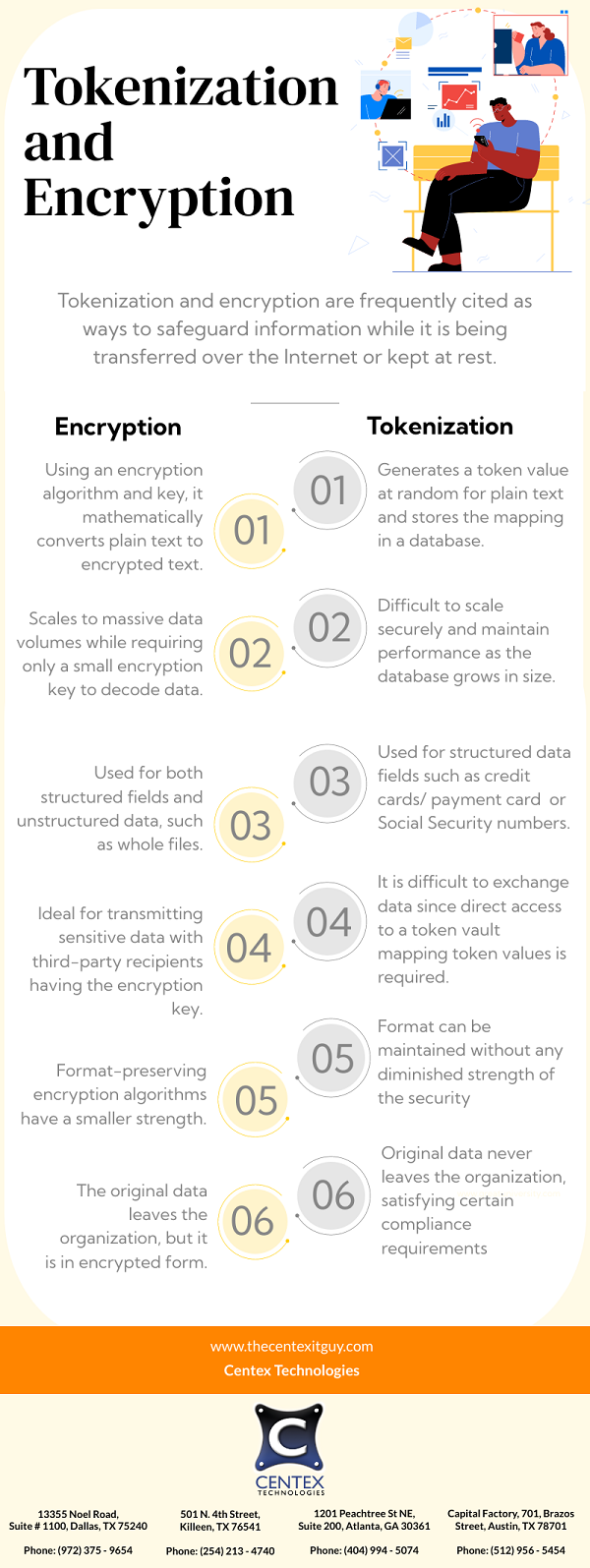SSE (Security Service Edge) improves the security strategy posture of any organization leveraging cloud services. It secures access to the enterprise internet and various cloud services that employees use in their daily operations. It is a crucial tool in strengthening cloud and networking security capabilities. SSE is often offered in a cloud-based service model. However, nowadays it is also available on a hybrid on-premises or agent-based solution model. A few cloud-based components of SSE include access control and threat prevention solutions. These tools ensure data and application security.
How does SSE differentiate from SASE?
SASE (Secure Access Service Edge) combines the networking and security technologies that enable secure and quick enterprise operations on the cloud. SSE is a very important SASE component that combines all security essential services. These may include ZTNA (Zero Trust Network Access) and CASB (Cloud Access Security Broker) to ensure providing SWG (Secure Online Gateway) for enterprise networking assets. The networking component of the SASE framework is the WAN Edge Infrastructure. This focuses on establishing network connections through modifying network infrastructures in real-time. A few of the SSE security services are: –
- CASB (Cloud Access Security Broker) – CASB helps businesses connect over to their sensitive assets on the cloud in a secure manner. It addresses the loopholes in data visibility, securing the data, and complying with the regulatory standards. CASB uses the UEBA (User and Entity Behavior and Analytics) to discover the risks and threats affecting the enterprise cloud instances.
- SWG (Secure Online Gateway) – It is a checkpoint that prevents illegal traffic from intruding on an organization’s network. It links the user and the website to provide end-to-end security. URL filtering and harmful content inspection are just a few of its benefits. An SWG enables users to visit safe and pre-approved websites that protect them from online-based cyber risks.
- ZTNA (Zero Trust Network Access) – Zero Trust is applied in a granular, adaptive, as well as context-aware manner. It secures the private applications installed across multiple clouds and corporate data centers. It strengthens the security perimeter by providing dynamic and policy-based digital transformation.
- DLP – Data Loss Prevention (DLP) tools implement data protection and inadvertent leakage rules in real-time. This limits the inadvertent access flow of sensitive information outside the organization.
- RBI – Remote Browser Isolation (RBI) is a robust web threat prevention system that isolates web browsing activities. It defends users from all kinds of malicious code that might be buried in a website. This prevents any malicious code from ever touching the end user’s devices.
- FWaaS – Firewall-as-a-Service is available on a cloud platform that protects data and applications via the internet. SSE uses it to collate, inspect and analyze traffic from on-prem and off-prem data centers. This provides an entire network of visibility and management. It also ensures uniform policy enforcement across the entire cloud infra.
SSE resolves the security problems posed by remote work, digitization, and cloud transition. SSE assists enterprises in the following ways:
- Security control management & administration simplification – Cloud and on-premises infrastructure must be managed using a patchwork of varied and separate security policies. These policies might be different across the various cloud service providers and on- premises tech stacks. SSE reduces the cost and complexity by facilitating the implementation of policies across on- premises, on-cloud, as well as remote work environments.
- VPNs to facilitate remote work – Remote employees have to use business-sensitive apps in extremely sensitive circumstances. The ZTNA feature from SSE allows for granular resource access. This allows an additional configuration that ensures specific degrees of access for each user.
- Malware threat prevention, detection, and mitigation – Many contemporary attacks utilize social engineering tactics to target a cloud provider’s capabilities. This involves imitating user behavior with authentic credentials. SSE’s SWG acts as a cyber-barrier that monitors traffic on the web as well as blocks any illegal access.
- SaaS apps access control – Security teams require entire visibility as well as control over the sensitive data stored on the cloud platforms. This includes preventing emerging threats on cloud-native attack surfaces. SSE’s CASB enables multi-mode support. This can be ensured by implementing granular regulations to monitor and limit access to authorized and unauthorized cloud services.
Organizations require secure usage, sharing, and access to data that sits outside of the perimeter security. SSE is here to provide functionalities to offer a consolidated and unified approach to data security, endpoint security, cloud security, web and application security, and likewise.
Centex Technologies provide cyber-security and IT security solutions for enterprises. For more information, contact Centex Technologies at Killeen (254) 213-4740, Dallas (972) 375-9654, Atlanta (404) 994-5074, and Austin (512) 956-5454

